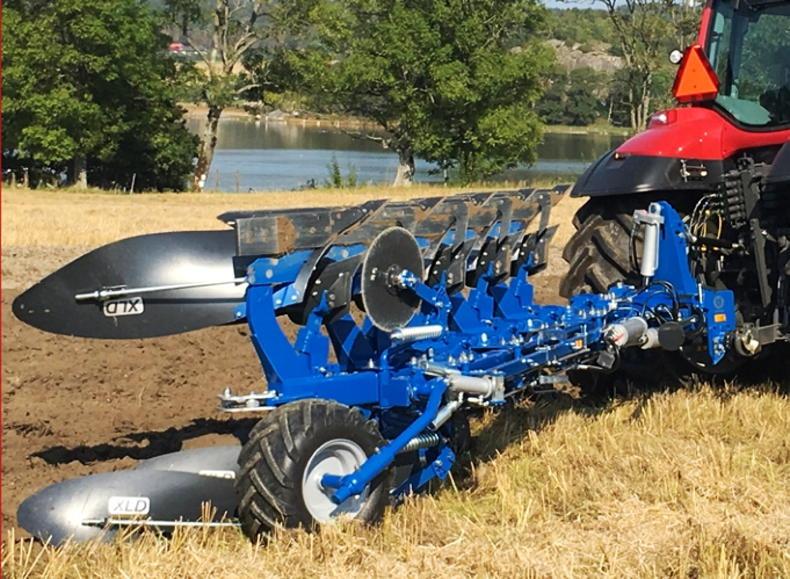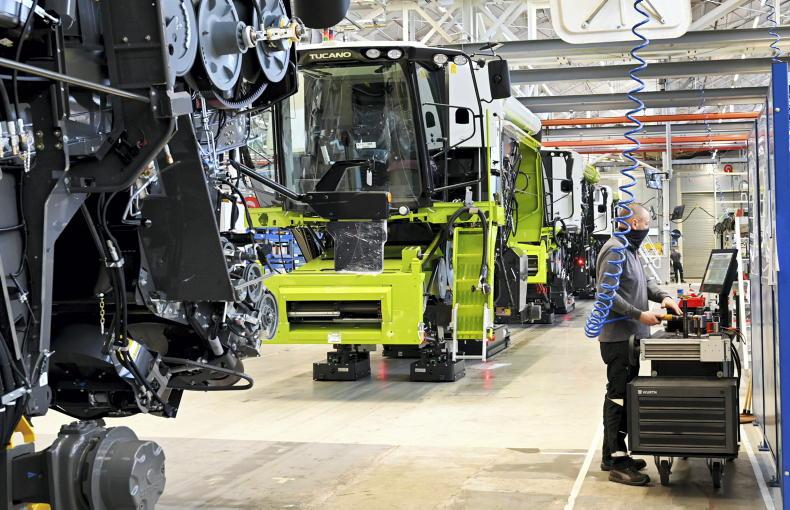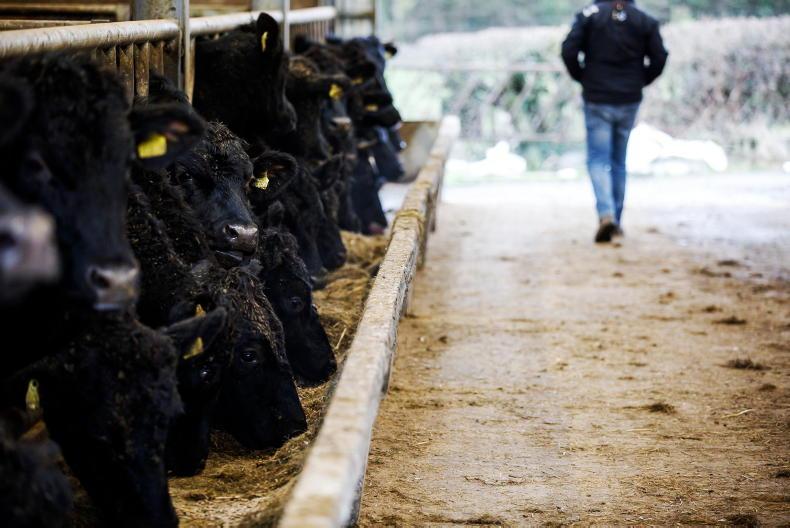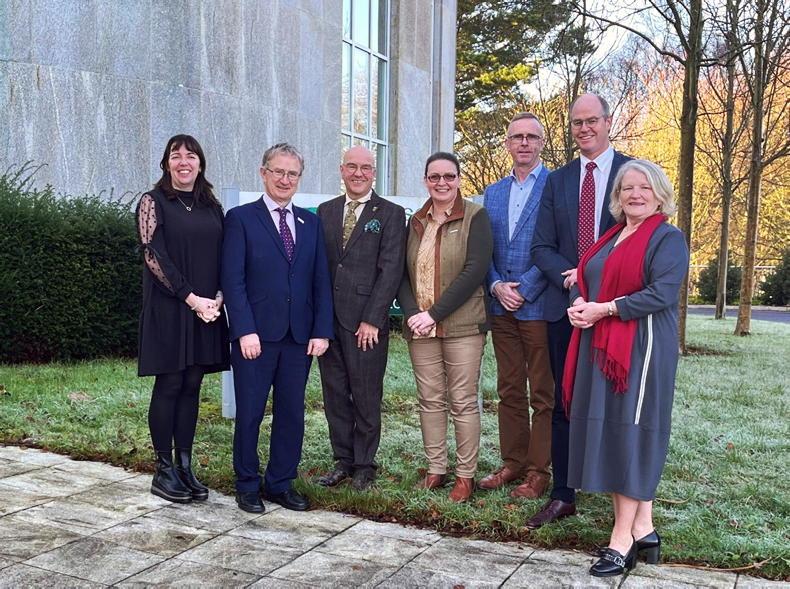Traditional wrought iron gates are "totem poles" of Ireland’s past land wars, a Teagasc webinar focused on farm gates was told on Friday.
Shem Caufield has spent years studying wrought iron gates and their many variations of style across the country.
Speaking on the Teagasc Signpost webinar series, he said his interest in gates first began when he was young and he has developed a great interest in the landscape.
Caulfield began by explaining wrought iron (worked iron metal), which had its own particular process of rolling and cutting iron to make the forged wrought iron field gates.
However, in recent times, mild steel has become the metal of choice for many, but not all, blacksmiths in Ireland.
Land wars
On the importance of the gates in Ireland’s history, Caufield said the “gates symbolise successful political and social struggle for the land. They are the totem poles of the land wars.”
There have been many changes in the way that blacksmiths worked - oak was used to make charcoal and coal is now used to heat the iron.

Winfield Estate gates. Photo/Emma Laffey https://heritage.galwaycommunityheritage.org/content/topics/galway-forged-gates-project/costellos
Caufield gave great detail of the different styles of gates and how some are common in areas around the country.
He explained that the dog bars are narrow together on the bottom of the gate to “keep small animals in or out of fields”.
“Rivets are two bits of metal which hold material together - there is no addition of any other material,” he explained. Rivets can be described as a bolt for holding together two plates of metal.
Gates are typically hung on one end and latched on the other and Caufield explained how round piers were ideal for having many different angles of access with a horse and cart.
“Often you will find the makers' names on the gates and some others have distinctive latches.”
He said: “Over in the west, the steel was much thinner and they used the materials they had available at that time.”

Restored wrought iron gates. https://www.irishblacksmiths.ie/galleries/
Under the commonage landscape actions in ACRES, farmers have the opportunity to choose gates for external boundaries and, with this in mind, Teagasc’s knowledge management and communications specialist Mark Gibson asked Caufield if enough is being done with the upkeep of these gates.
In response, Caufield said he is on a mission to “create awareness, [traditional gates] are something to be cherished, similar to stone walls, they are all part of our history”.

Traditional gates are part of our history.
https://www.irishblacksmiths.ie/galleries/
Painting wrought iron gates
Another question was put to Caufield on how to restore these gates. He stated that “wrought iron that has brown rust on it where it was not left lying in grass or water can be kept raw and just rub an oil into it to protect it”.
If painting gates, he said to “put on very light layers and build this up”.
“Some people can use a moisture inhibitor, but do not galvanise the gate,” he advised.
The full webinar is available to watch here.
Traditional wrought iron gates are "totem poles" of Ireland’s past land wars, a Teagasc webinar focused on farm gates was told on Friday.
Shem Caufield has spent years studying wrought iron gates and their many variations of style across the country.
Speaking on the Teagasc Signpost webinar series, he said his interest in gates first began when he was young and he has developed a great interest in the landscape.
Caulfield began by explaining wrought iron (worked iron metal), which had its own particular process of rolling and cutting iron to make the forged wrought iron field gates.
However, in recent times, mild steel has become the metal of choice for many, but not all, blacksmiths in Ireland.
Land wars
On the importance of the gates in Ireland’s history, Caufield said the “gates symbolise successful political and social struggle for the land. They are the totem poles of the land wars.”
There have been many changes in the way that blacksmiths worked - oak was used to make charcoal and coal is now used to heat the iron.

Winfield Estate gates. Photo/Emma Laffey https://heritage.galwaycommunityheritage.org/content/topics/galway-forged-gates-project/costellos
Caufield gave great detail of the different styles of gates and how some are common in areas around the country.
He explained that the dog bars are narrow together on the bottom of the gate to “keep small animals in or out of fields”.
“Rivets are two bits of metal which hold material together - there is no addition of any other material,” he explained. Rivets can be described as a bolt for holding together two plates of metal.
Gates are typically hung on one end and latched on the other and Caufield explained how round piers were ideal for having many different angles of access with a horse and cart.
“Often you will find the makers' names on the gates and some others have distinctive latches.”
He said: “Over in the west, the steel was much thinner and they used the materials they had available at that time.”

Restored wrought iron gates. https://www.irishblacksmiths.ie/galleries/
Under the commonage landscape actions in ACRES, farmers have the opportunity to choose gates for external boundaries and, with this in mind, Teagasc’s knowledge management and communications specialist Mark Gibson asked Caufield if enough is being done with the upkeep of these gates.
In response, Caufield said he is on a mission to “create awareness, [traditional gates] are something to be cherished, similar to stone walls, they are all part of our history”.

Traditional gates are part of our history.
https://www.irishblacksmiths.ie/galleries/
Painting wrought iron gates
Another question was put to Caufield on how to restore these gates. He stated that “wrought iron that has brown rust on it where it was not left lying in grass or water can be kept raw and just rub an oil into it to protect it”.
If painting gates, he said to “put on very light layers and build this up”.
“Some people can use a moisture inhibitor, but do not galvanise the gate,” he advised.
The full webinar is available to watch here.













SHARING OPTIONS